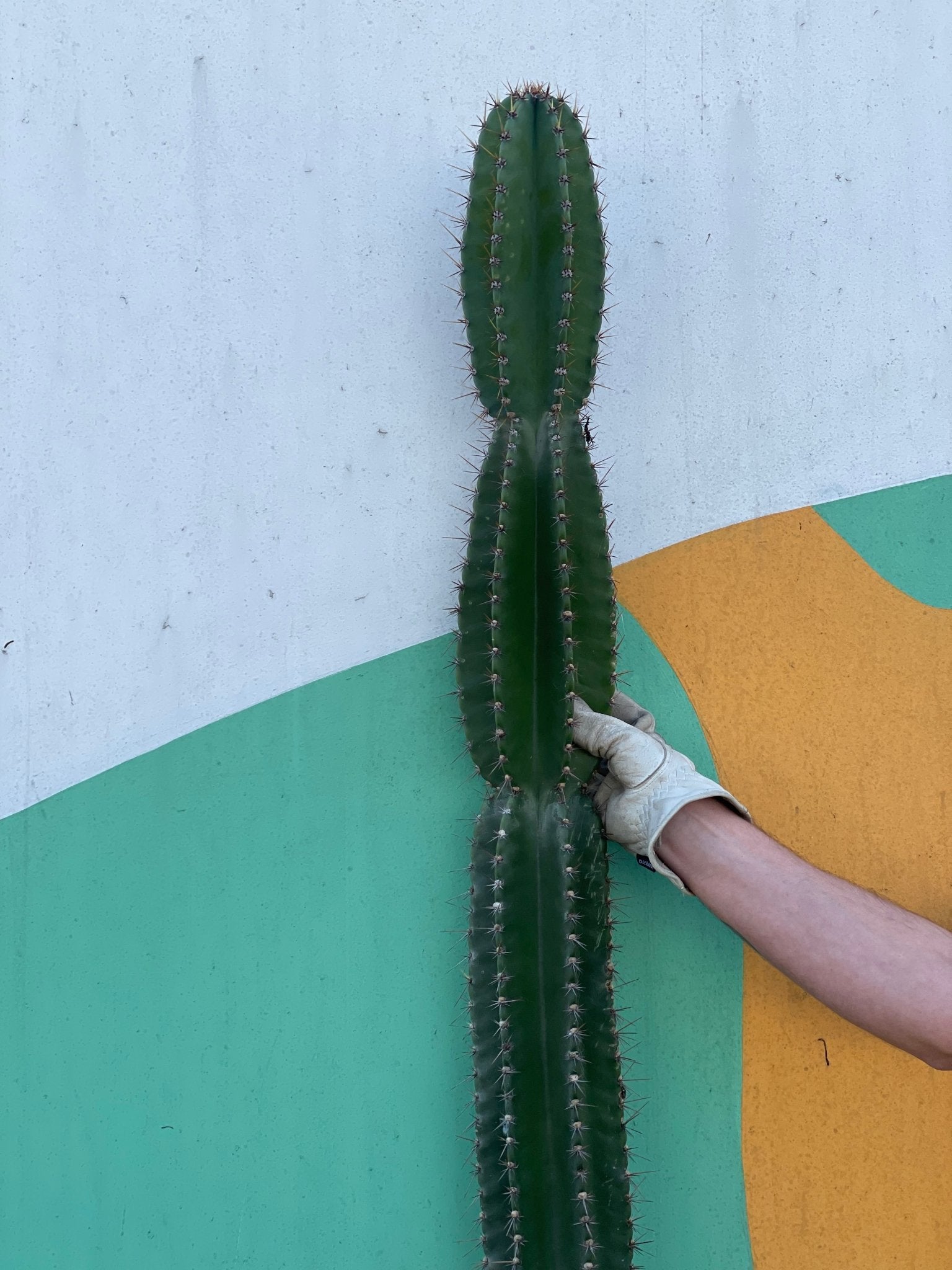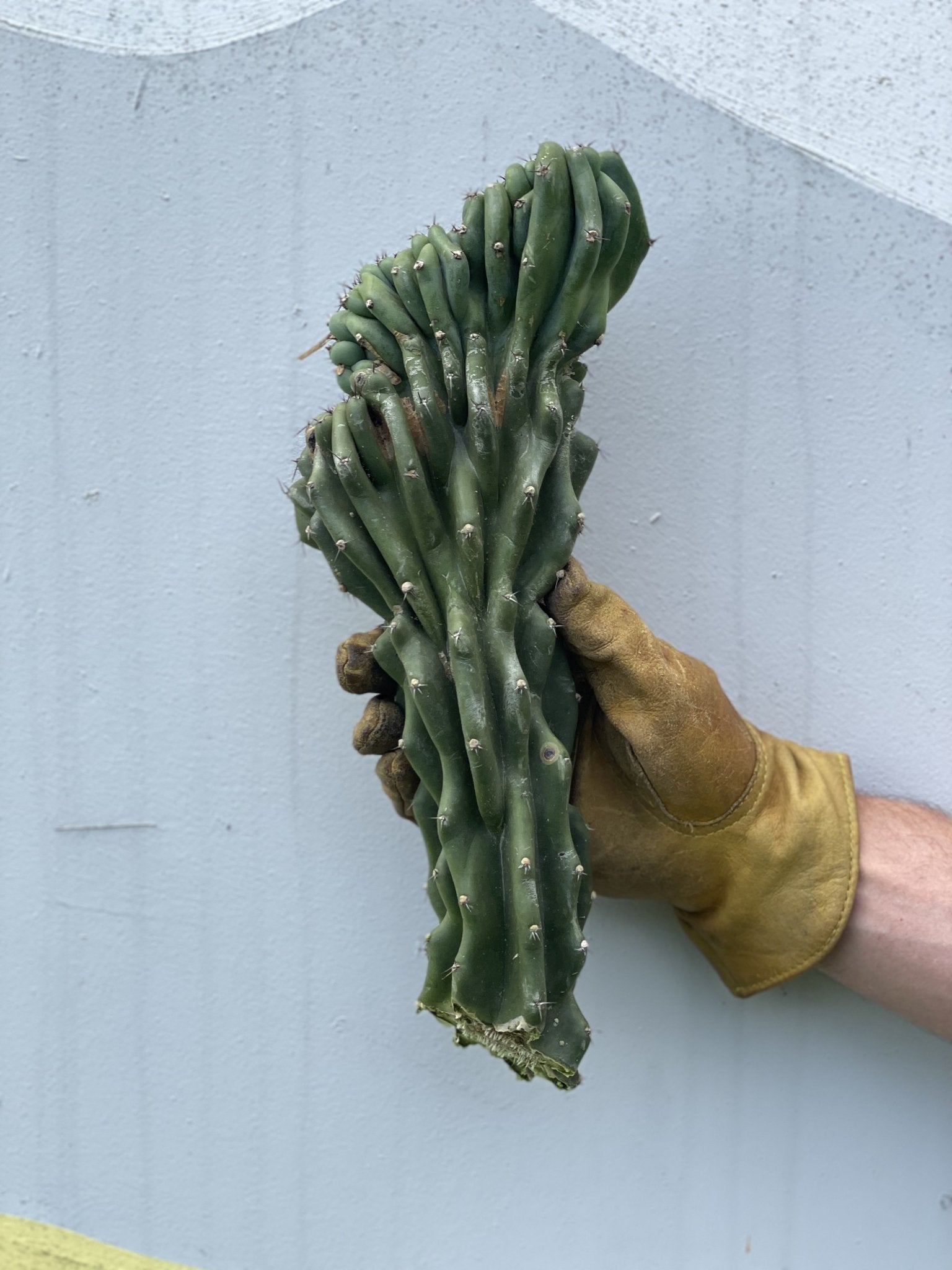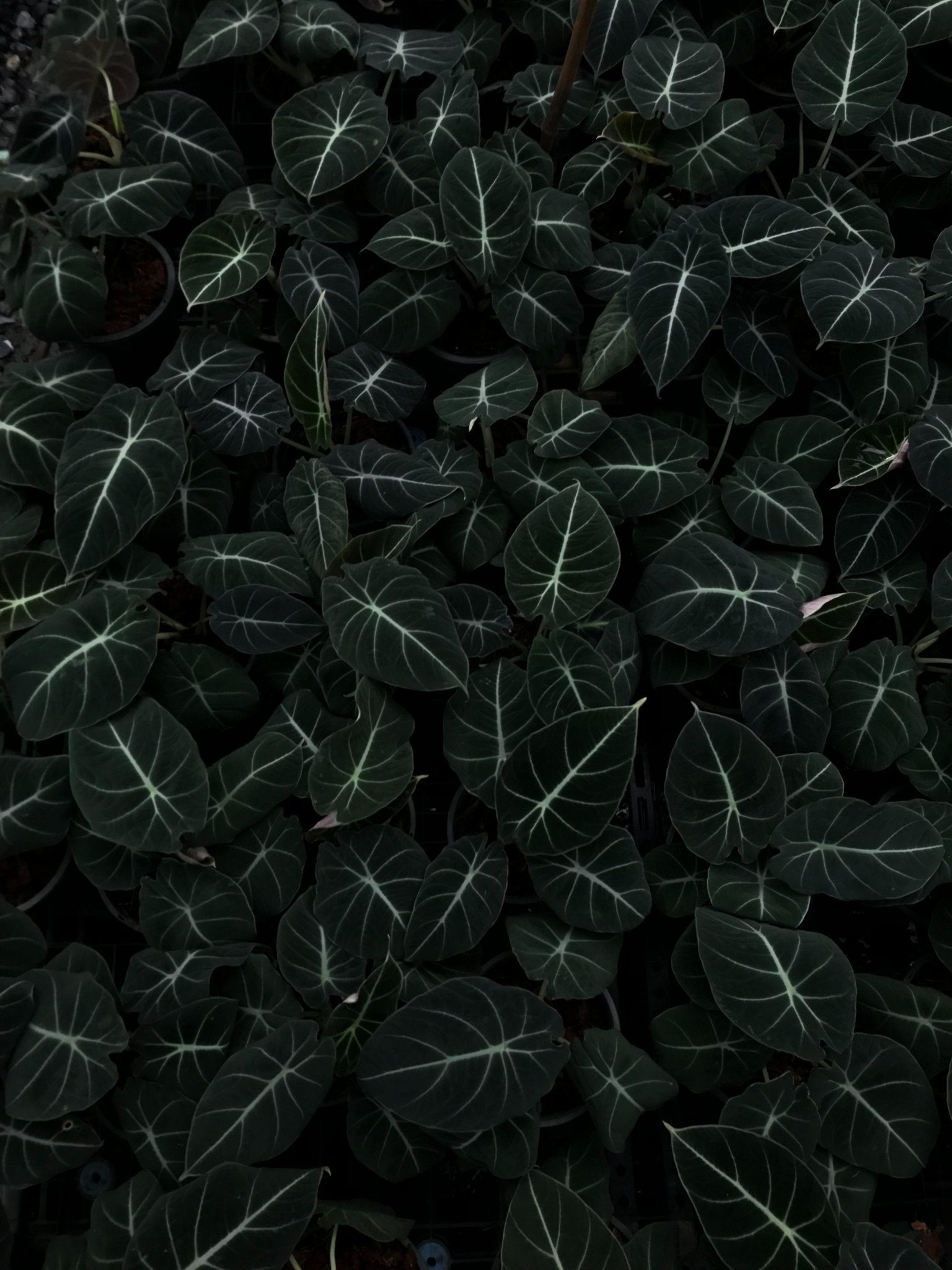The Black Velvet Alocasia is an excellent option if you're looking for an exotic and eye-catching houseplant. This plant is very easy to care for, but there are some important things you need to know in order to keep it healthy.
In this article, we will cover the basics of Black Velvet Alocasia care, from watering to lighting requirements. We'll also discuss common problems with this plant and how to prevent them. So, if you're ready to add a Black Velvet Alocasia to your home, read on!
Black Velvet Alocasia Basic Information
The Black Velvet Alocasia is a beautiful tropical plant that makes a great addition to any home. It is native to Southeast Asia and is a member of the Araceae family, which includes many other popular houseplants such as the Philodendron and Anthurium. The Black Velvet Alocasia is a striking plant that makes a bold statement in any setting.
This plant gets its name from its stunning, velvety black leaves. The leaves are large and heart-shaped, with ruffled edges. They grow on long stems that can reach up to three feet in length. The Black Velvet Alocasia is an impressive plant that will add interest and elegance to your home décor.
Black Velvet Alocasia Care Guide
Looking after a Black Velvet Alocasia is relatively easy, but there are a few things you need to know to keep your plant healthy.
Watering Black Velvet Alocasia
One of the most important things to remember when caring for this plant is not to overwater it. The Black Velvet Alocasia prefers to be on the drier side, so be sure to let the soil dry out completely between waterings. The goal is to try and recreate the natural climate as best as possible.
If you live in a particularly humid climate, you may need to water your plant more often. Black Velvet Alocasia are native to tropical climates and do not like being in dry air for extended periods. If your plant is wilting or its leaves are drooping, it is likely due to too little humidity.
Black Velvet Alocasia Lighting Requirements
Black Velvet Alocasia is a beautiful plant that can add some extra flair to your home décor. But like all plants, it has specific lighting requirements that must be met to thrive. Black Velvet Alocasia prefers bright, indirect sunlight.
If you live in an area with very sunny weather, you may need to provide shade for your plant during the hottest hours of the day. However, this plant should not be kept in complete darkness, as it will begin to lose its vibrant coloration.
Black Velvet Alocasia Temperature
The Black Velvet Alocasia is a tropical plant that prefers warm temperatures. It should be kept in an area between 60 to 80 degrees Fahrenheit. If the temperature drops below 60 degrees, your plant may go into shock and start to die.
If you live in a particularly cold climate, you may need to provide some extra warmth for your Black Velvet Alocasia during the winter months. A good way to do this is to place your plant on top of a heating pad set on low. You can also try putting it in a room with a humidifier, as this will help to raise the ambient temperature around your plant.
Soil Needs for Black Velvet Alocasia
Black Velvet Alocasia are beautiful, unique plants that make a great addition to any home. These plants prefer a well-draining soil mix that is high in organic matter, so a good potting mix for this plant would be two parts peat moss and one part perlite. Be sure to add extra perlite to the bottom of the pot to ensure proper drainage.
While these plants are not particularly fussy about their soil, it is essential to ensure that it is well-aerated and drains quickly. Overly wet soil can lead to root rot, killing your plant. If you are unsure about the drainage of your potting mix, it is always best to err on caution and add more perlite or sand to the mix.
Black Velvet Alocasia Flowering
The Black Velvet Alocasia is an incredibly beautiful plant, but it is not known for its flowers. In fact, this plant rarely blooms indoors. If you are lucky enough to see a flower on your Black Velvet Alocasia, it will be a small, white spadix surrounded by a greenish-white spathe.
Since the flowers of this plant are not particularly showy, many plant owners choose to remove them. The flower requires energy from the plant to produce, so removing it can help your Black Velvet Alocasia grow larger and healthier leaves. If you choose to remove the flower, do so carefully and with sterile scissors or shears.
Humidity Levels for Black Velvet Alocasia
The Black Velvet Alocasia prefers high humidity levels, so it is important to provide some extra moisture for your plant if you live in a dry climate. One way to do this is to place your plant on a pebble tray filled with water. You can also mist your plant regularly or run a humidifier near it.
If the air in your home is particularly dry, you may notice that your Black Velvet Alocasia's leaves begin to droop and wilt. This is a sign that the plant is not getting enough moisture, and you should take steps to increase the humidity around it.
Propagating Black Velvet Alocasia
Black Velvet Alocasias can be propagated by division or by seed. If you choose to propagate by division, wait until the plant has outgrown its pot and then carefully remove it from the pot. Gently divide the root ball into two or three sections, careful not to damage the roots.
Replant each section in its own pot filled with fresh potting mix. Water well and place the pots in a warm, humid location. If you choose to propagate by seed, sow the seeds in a sterile potting mix and then cover the pot with plastic wrap. Place the pot in a warm, humid location and wait for the seeds to germinate.
Once the seedlings have sprouted, remove the plastic wrap and water regularly. When the seedlings are large enough to handle, transplant them into their own pots filled with fresh potting mix.
Common Issues with Black Velvet Alocasia
Introducing a Black Velvet Alocasia into your home can be a rewarding experience, but it is important to be aware of the potential problems this plant can experience.
Toxic to Animals and Humans
The Black Velvet Alocasia is toxic to both animals and humans if ingested. The plant contains calcium oxalates, which can cause burning and irritation of the mouth, throat, and stomach. If you suspect your animal or child has ingested this plant, it is crucial to seek medical attention immediately.
Black Velvet Alocasia Diseases
The Black Velvet Alocasia is a beautiful plant often used as an ornamental indoor plant. However, it is susceptible to several diseases, including root rot, leaf spot, and stem rot. These diseases are often caused by too much water or poor drainage.
If you notice any of these problems with your plant, it is important to improve the drainage and reduce the amount of water you are giving it. Overwatering is the most common cause of these diseases, so check the soil before watering your plant. Allow the top inch of soil to dry out before watering again.
Insects and Pests
Insects and pests can cause a great deal of damage to the Black Velvet Alocasia, and it is important to take steps to remove them as soon as they are noticed. Mealybugs, scale insects, spider mites, and thrips are all known to cause damage to the leaves of the plant and can even kill it if left unchecked.
If you notice any of these problems with your plant, remove the pests and prevent them from returning. Many methods can be used to remove pests from the Black Velvet Alocasia, and an experienced gardener will be able to choose the best way for each individual plant.
However, exercising caution when using any type of pest control is always important, as some methods may damage the plant if misused.
Low Light Levels
Black Velvet Alocasias prefer bright, indirect light but can tolerate low light levels. If the plant is not getting enough light, it will begin to stretch and become leggy.
If your plant is stretching or becoming leggy, increasing the amount of light it receives is vital. You can do this by moving it to a brighter location or by adding a grow light. Be sure to slowly increase the amount of light, as sudden changes can damage the plant.
Conclusion
The Black Velvet Alocasia is a beautiful plant that can add a touch of polish to any home. However, it is essential to know the specific care requirements and common problems this plant can experience. By following the tips in this article, you can help ensure that your Black Velvet Alocasia stays healthy and thrives for years to come.












Leave a comment